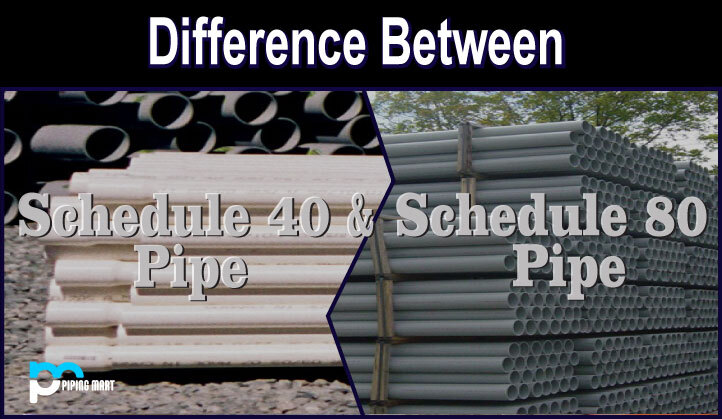Attributes like external diameter, thickness, and diameter within are necessary for the work with metal pipes to be understood. Often, though, the pipe is not openly marked as such. Instead, its nominal pipe size and schedule number are typically used for the piping. Because references to piping schedules are quite prevalent in the business, it is essential that one has a certain degree of understanding of the functioning of the pipe scheduling system and that one understands the distinctions between Schedule 40 and Schedule 80.
What Does Nominal Pipe Size Mean?
The nominal pipe size is a rough external pipe diameter measurement. It is not a precise measurement, but rather a reference number, to identify the actual measurements of a pipe’s outside diameter. For example, a nominal tube of 3 refers to a pipe having an actual outside diameter of 3,500 inches.
What is Pipe Schedule?
An inner diameter and wall thickness for nominal pipe sizes are indicated by a pipe schedule. A schedule number has little meaning without knowing the nominal pipe size, except that higher schedule numbers will have thicker pipe walls if the nominal pipe size is kept constant. However, the precise wall thickness, diameter inside, and dimension outside diameter of a pipe may be calculated if nominal pipe size and schedule number are known. A pipe scheduling chart for nominal tube size and schedule numbers can best be used to identify such dimensions.
What is the difference between Schedule 40 vs Schedule 80?
The wall thickness, inner diameter, and weight are the primary differences between schedule 40 and schedule 80 pipe. At the same nominal pipe size, the Schedule 80 pipe will have a thicker wall, a smaller inner diameter, and a higher weight. Of course, the nominal pipe size will affect all of these numbers. There are also a variety of additional pipe schedule numbers. As a result, a pipe schedule chart should be used to verify that the correct pipe size is used.

Pipingmart is B2B portal specializes in industrial, metal and piping products. Also, share latest information and news related to products, materials and different types grades to help business dealing in this industry.




